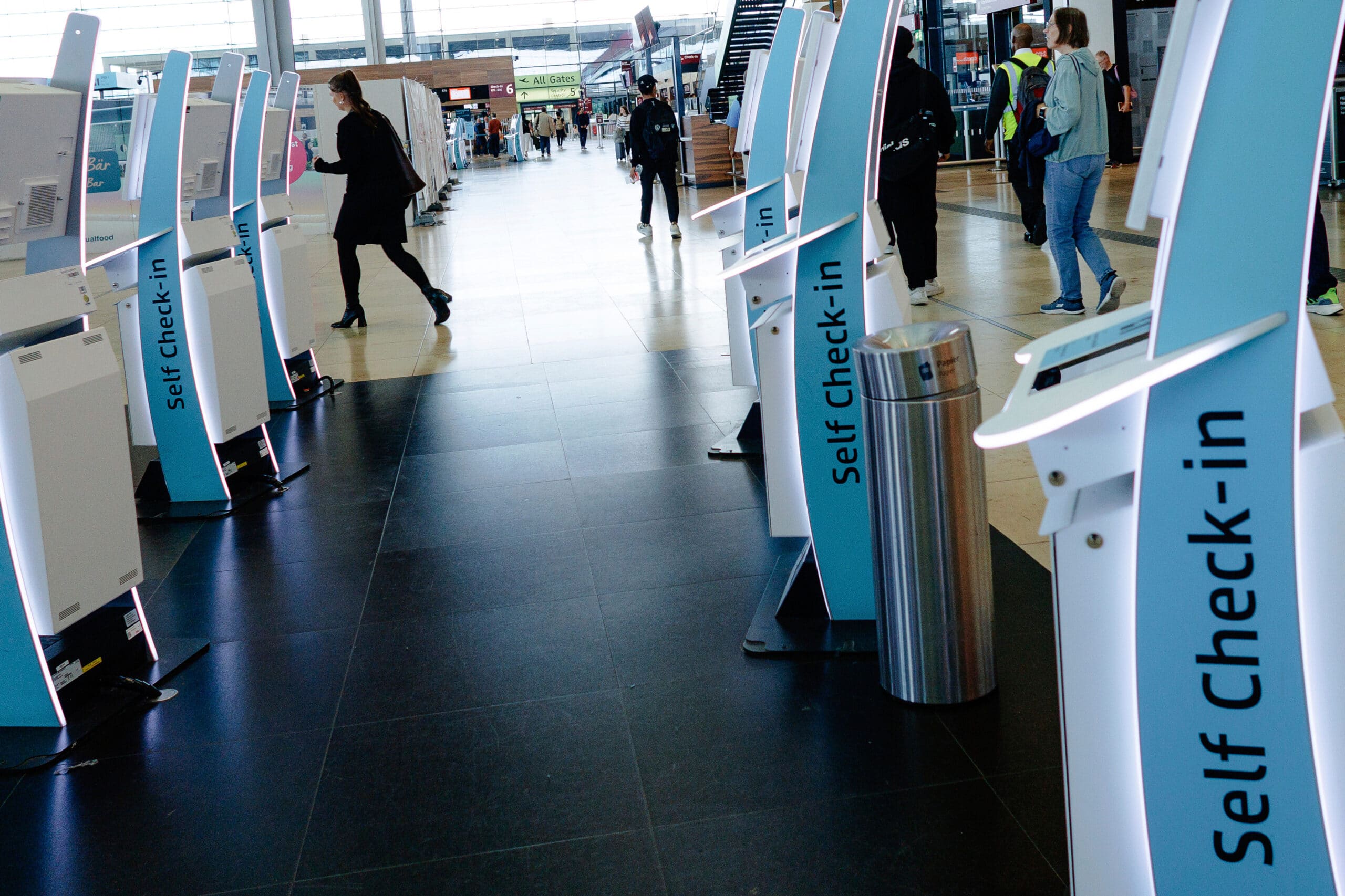Trust. Without it, every relationship disintegrates into dust.
Today’s workplace is being reshaped by forces that make trust harder to build and easier than ever to lose. Artificial intelligence is accelerating decision cycles. Hybrid work has reduced organic connection. And after years of economic volatility, employees are more skeptical of leadership notices and more sensitive to signs of inconsistency.
We’ve become obsessed with automation without connection and conversations without intention. The result is reactive behavior that breeds short-term thinking and corrodes long-term reputation. Instant gratification—whether in communication, decision-making, or performance expectations—is rapidly eroding trust at scale.
According to the 2024 Edelman Trust Barometer Global Report, 61 percent of respondents worry that business leaders are purposely trying to mislead people by communicating things that are false or exaggerated. The trust deficit is real and growing.
But the path forward doesn’t rely on better dashboards or more polished messaging. It lies in leaders doing something that machines cannot: making human connection a priority. Here are three potent ways to build trust as a leader today.
### 1. Become the Trusted Guide
Many leaders have felt it: the sting of not knowing an answer in a moment when everyone expects certainty. Traditional leadership norms reward omniscience, so admitting “I don’t know” can feel like weakness.
But here’s the truth: imperfection equals connection.
Your relationship with authenticity is tested most in high-stakes moments. When you’re asked a question you can’t answer, you have two options:
– **Option 1:** Pretend. This reactive move puts you out of integrity with yourself and breaks trust with the person opposite you.
– **Option 2:** Own your truth. Counterintuitively, this sparks connection, demonstrates integrity, and signals competence—ultimately accelerating trust in any business relationship.
Imagine you’re on a call with the CTO of a new client. All eyes are on you, including the three team members you invited to shadow the session. You get a question you can’t answer. Try this:
> “That’s a really good question that I don’t have an answer for. Here’s what I’ll do: after our conversation, I’ll dig into it and find you an answer—and if that fails, I’ll connect you with the right person who can. Does that sound fair?”
The trust-building power lies in your tone, warmth, and curiosity. You’re increasing your credibility stock for both your client and your team. And in an era when AI can simulate certainty but not sincerity, humility is a competitive advantage.
—
### 2. Acknowledge Others for Their Gifts
Research from Professor Norihiro Sadato of Japan’s National Institute for Physiological Sciences found that receiving a compliment activates the same part of the brain (the striatum) as receiving a financial award. In other words: authentic praise feels like currency.
Internal recognition—specific, timely, and real—encourages people to express themselves without fear, drop the mask, and own their gifts.
Picture this: it’s the first five minutes of your weekly all-hands meeting, and you decide to acknowledge your colleague for something you observed yesterday:
> “The way you handled that difficult conversation with the marketing team was incredible. You stayed calm, listened deeply, and asked intentional questions. Watching you navigate that moment inspired me to handle conflict with more presence.”
This public recognition not only inspires your colleague to own their genius but also reinforces this conscious behavior at scale.
However, the final sentence is where the magic lies. It signals to your team that you are a work-in-progress, just like them (a.k.a. a human being). Do this right, and you’ll become not only a relatable leader but also an influential one.
When your compliment embodies authenticity, specificity, and impact, trust will find you.
In a moment when employee engagement is declining and burnout is rising, small acknowledgments like this have an outsized impact. They scale trust by modeling the psychological safety everyone says they want but few leaders intentionally build.
—
### 3. Deeply Listen (Not Just Actively)
Most leaders can recite the definition of “active listening.” Carl Rogers and Richard Farson introduced it back in 1957 as a way of deeply understanding another person’s perspective. They described it as a tool that:
> “requires that we get inside the speaker, that we grasp, from their point of view, just what it is they are communicating to us. More than that, we must convey to the speaker that we are seeing things from their point of view.”
Rogers and Farson believed that those on the receiving end of this kind of listening cultivate emotional maturity, become less defensive, and develop better self-awareness.
But here’s the challenge: in today’s distracted workplaces—Slack pings, hybrid meetings, compressed timelines—active listening often collapses into surface-level validation.
Let’s walk through an example.
You’re in a one-on-one meeting with your newest hire. Halfway through the conversation, you say:
> “I hear you. It sounds like imposter syndrome is the issue, and you’re worried about not hitting the ground running in your new role.”
It’s technically correct, but emotionally absent. Your hire heard your words but doesn’t feel that you’ve truly empathized with her experience.
Try this instead:
> “I can feel the nerves in your energy, and I know everything feels overwhelming right now. On one hand, it seems like you’re excited about the challenge ahead; on the other, you’re telling yourself a story that you’re not worthy of this role. Given you’ve never felt this way before joining a new company, I know this must be extremely challenging. Just know we deeply believe in you, and we’re here to support you every step of the way.”
Deep listening transforms how people relate to you.
Here, you’re empathizing with their experience, describing the energy you’re sensing, and tapping into your intuition.
It helps new hires feel grounded. It builds rapport that lasts for years, not months. And in a world where employees increasingly doubt whether leaders truly understand them, empathy has become strategic.
—
The trust recession isn’t hypothetical. It’s showing up everywhere—with employees second-guessing leadership decisions, managers hesitant to communicate for fear of being misinterpreted, teams defaulting to short-term wins over long-term alignment, AI-driven workflows creating speed but also skepticism and uncertainty, and noise drowning out nuance.
In this environment, people aren’t craving perfect leaders. They’re craving human ones—leaders with integrity, humility, and presence.
If you want to overcome the trust deficit inside your company, start by looking in the mirror.
Trust is not rebuilt through memos, dashboards, or AI-generated talking points. It’s rebuilt through daily behaviors, small moments, and consistent humanity.
When you embody the change you want others to follow, that’s where real impact begins.
https://observer.com/2025/11/trust-recession-leadership-rebuilding-credibility/

